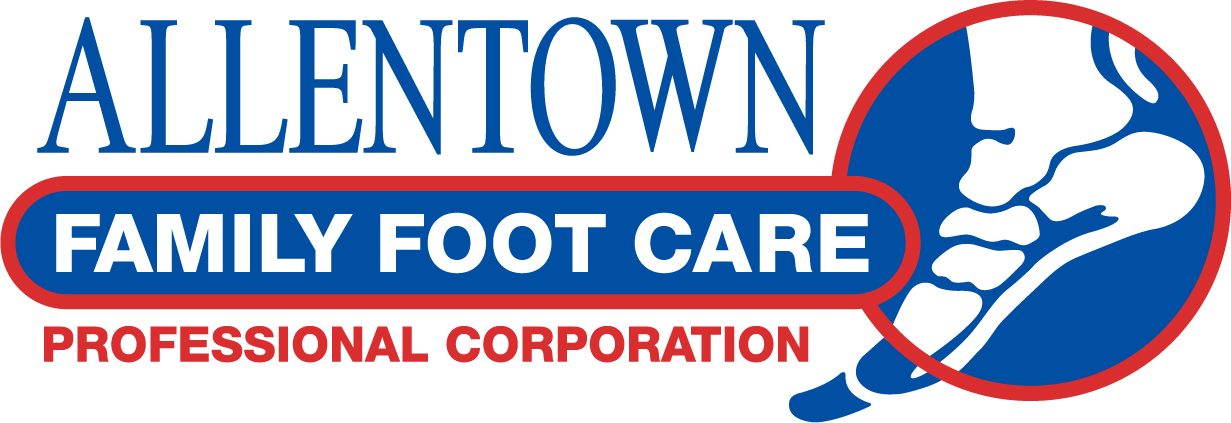Nail Fungus
Nail fungus, also known as onychomycosis, is a common condition that affects the nails, particularly those on the toes. It is caused by a fungal infection that can lead to discoloration, thickening, and brittleness of the nails. Nail fungus can be unsightly and uncomfortable, and if left untreated, it can spread to other nails or even cause complications. Proper diagnosis and management of nail fungus are important for maintaining healthy and beautiful nails.
Causes of Nail Fungus
Nail fungus is commonly caused by dermatophytes, a type of fungus that thrives in warm and moist environments. It can be contracted from various sources, such as:
- Walking barefoot in public areas like pools, locker rooms, and showers
- Sharing nail clippers, files, or other personal grooming tools with an infected person
- Wearing tight or non-breathable shoes that create a conducive environment for fungal growth
- Having a weakened immune system or certain underlying medical conditions, such as diabetes
Symptoms of Nail Fungus
Symptoms of nail fungus may include:
- Discoloration of the nail, usually yellow, brown, or white
- Thickened or distorted nail shape
- Brittleness or crumbling of the nail
- Separation of the nail from the nail bed
- Pain or discomfort in severe cases
Diagnosis and Treatment of Nail Fungus
Diagnosis of nail fungus typically involves a visual examination of the affected nails. In some cases, a nail sample may be collected for laboratory testing to confirm the presence of fungi. Treatment options for nail fungus include:
- Topical Antifungal Medications: Over-the-counter or prescription antifungal creams, lotions, or nail polishes can be applied directly to the affected nails.
- Oral Antifungal Medications: In more severe cases or when topical treatments are ineffective, oral antifungal medications may be prescribed. These medications help fight the infection from within the body.
- Keryflex™ Nail Restoration System: cosmetic treatment option for damaged or unsightly toenails. This system is designed to provide a safe and effective solution for people who suffer from fungal toenails, brittle toenails, or other conditions that affect the appearance of their nails.
- Surgical Nail Removal: In severe cases or when other treatments fail, surgical removal of the infected nail may be considered to facilitate the growth of a healthy new nail.
Preventing Nail Fungus
Preventing nail fungus can be achieved by taking the following precautions:
- Keep your feet clean and dry, especially after being in public areas or participating in activities that cause sweating.
- Wear clean socks made of breathable materials and change them regularly.
- Use antifungal sprays or powders in your shoes and on your feet to help prevent fungal growth.
- Avoid walking barefoot in public areas and sharing personal grooming tools.
- Trim your nails straight across and keep them at a moderate length.
If you suspect that you have nail fungus or are experiencing symptoms, it is important to seek the care and treatment of Team AFFC who specializes in foot and ankle care. We can provide an accurate diagnosis and recommend appropriate treatment options to effectively manage nail fungus and restore the health and appearance of your nails.
